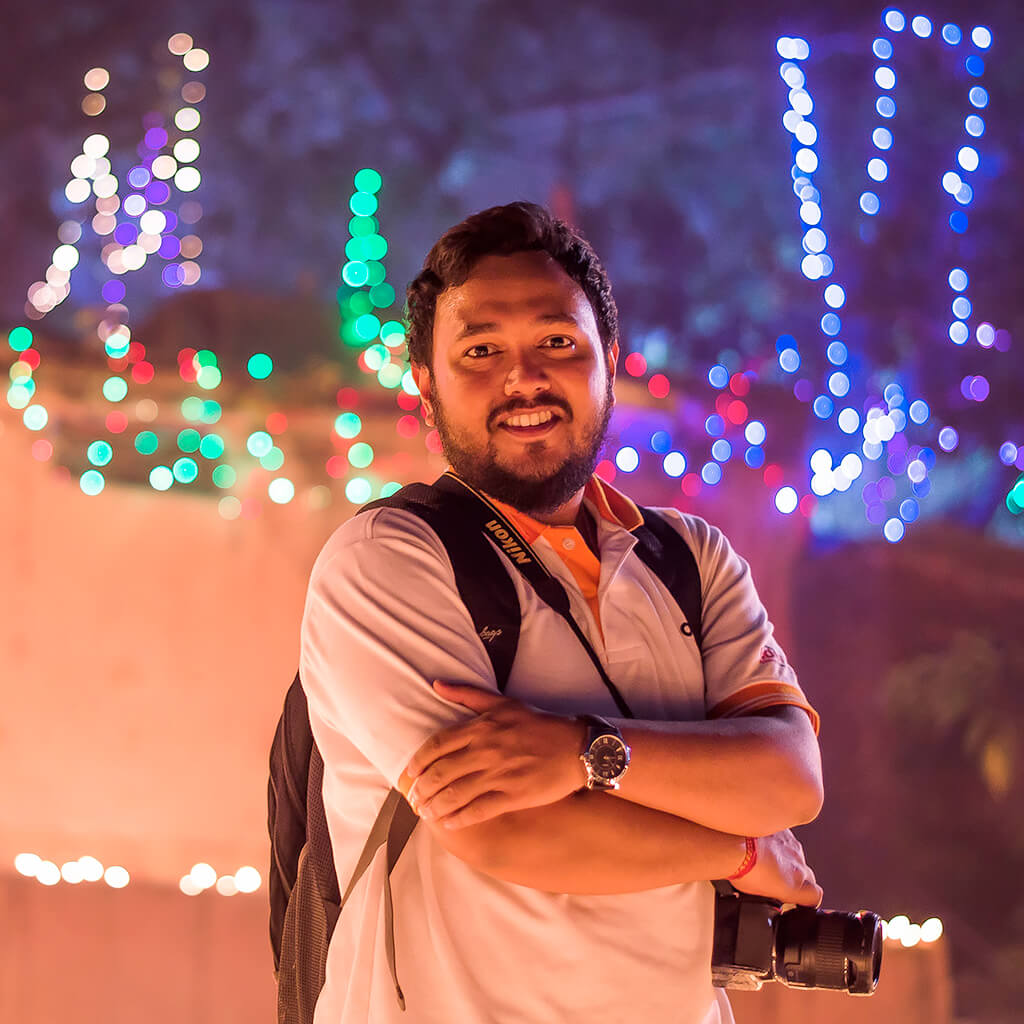I am Ayanava Sil a resident of Kolkata, India. By education I hold a degree of Master Of Business Administration in Marketing. Photography to me is an exemption to see things differently. I am a Street and Documentary photographer, with an objective of documenting everyday life. The uncertainty and the suspense drives me the most towards these genres of Photography. Documenting people over the years has provided me with the invaluable opportunity to explore the unknown and to embrace the conglomerate realities of people. I am one of the administrators and curator of Streets Of Calcutta which is the oldest and the largest Street Photography archive of Kolkata. My works has been published and recognized by different platforms like National Geographic, National Geographic Traveller India, CNN America, Getty Images, Business Standard, World-Street-Photography Book 5, APF Street Photography Magazine, Better Photography India, Asian Photography, Chiiz Magazine etc. I have been awarded by The Andrei Stenin International Press Photo Awards, News Times, Eye Win Awards, Golden Orchid International Photography Awards etc. My works has also been exhibited in multiple photography exhibition, to name a few, Jaipur Art Summit 2016, Ariano International Film Festival 2017, Kolkata International Photography Festival 2019, Wlasnymi Slowami Film Festival 2019.
Where I Bloom
As the world combats with an invisible enemy, many of our lives have come to a standstill now. A month ago our lives were pretty foreseeable with simple daily conventional work that all of us were looking forward to. The coronavirus pandemic has changed the whole scenario, today countries are under locked down, schools and universities have been closed, events are cancelled and many people have been asked to work from home. We have seen the Government enforcing every preventive measure to slow the spread of the virus and flatten the curve. During this critical time, it is essential that everyone stays at home and helps to prevent the spread of this virus.
In these tough times, photography is one of the major businesses that has been affected a lot by this pandemic. All studios have been shut down, weddings have been postponed, all the sports events have been cancelled and presently more than half of the world is locked down and there is no possibility of travelling. I am a photographer who loves to roam around the city unwearyingly to document life on the streets but due to the pandemic it is impossible to go out of my house to shoot now. So to keep myself in practice and to keep my sanity I chose to document my house but with a definite objective as this work of mine will have a different approach from the rest of my works. Also, I challenged myself to shoot everything through my phone only. So I started shooting every corner of my house from the ground floor to the terrace, through the windows and the doors, the plants in my house to the birds which flies above my terrace. I decide not to include any human subject and the only reason behind this decision is because we often feel like we are the most important species, but the fact is that we will fade away with time but we will leave behind a lot of things when we are gone. I tried to portray those moments keeping the photographs minimalist and graphical in form and ambiguous in nature. During all this time I had an interesting observation and I discovered that sunlight creates fascinating graphical shadow movements in different parts of my house during each phase of the day.
I think that the only positive outlook amidst the COVID-19 pandemic outbreak is that nature has started healing. I do not remember when I last saw such timely Norwesters in the past few years. The Norwesters generally hit during the months of April and May. It mostly occurs late in the evening when thick, dark and black clouds start appearing in the sky. It generally moves from west to east bringing torrential rain often with strong wind and lasts only for a short period of time. The Norwesters are beneficial for cultivation purposes in West Bengal and Bangladesh. This year, the Norwesters bought different and beautiful cloud patterns and I tried to weave them within my work as well.
